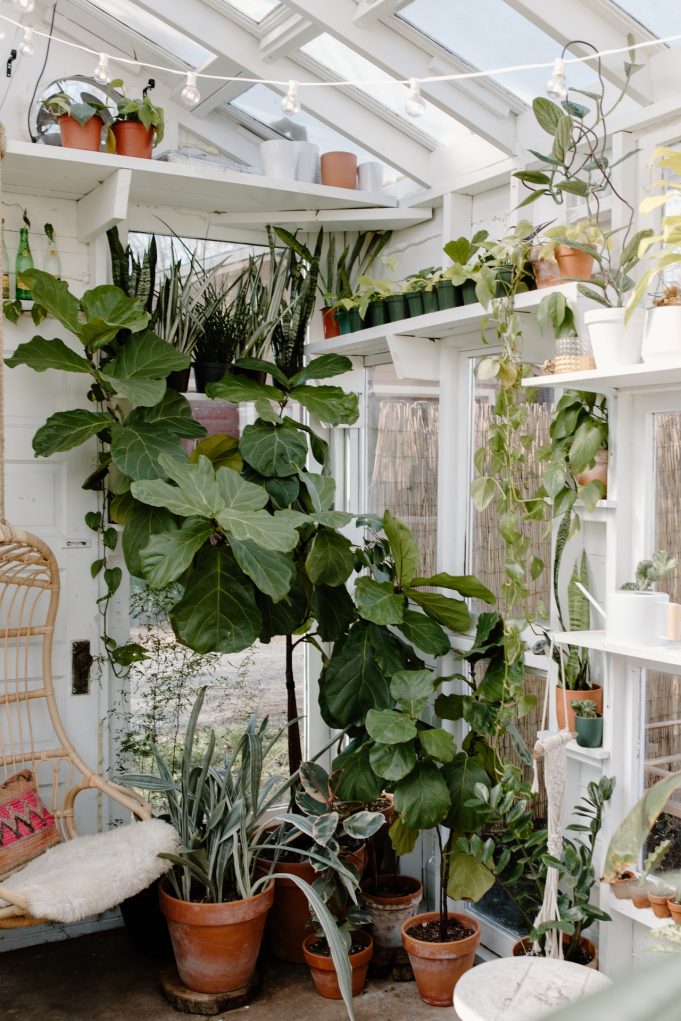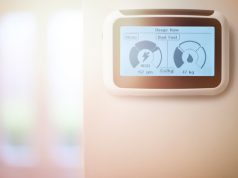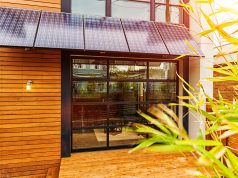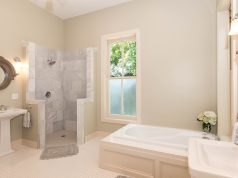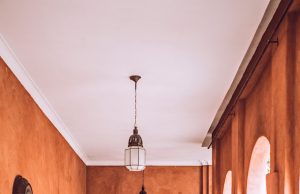Creating an environmentally friendly home takes time and dedication. It’s also an incredibly important task for any homeowner, as the climate crisis is reaching its peak.
The past seven years have been the hottest on record, and many homeowners are now aware that they need to work to reduce the impact their home has to preserve the earth for future generations.
While there are many practices you can use to reduce your home’s impact on the environment, you need to consider not only your existing property but also any extensions you might want to make.
Whether you want to add an extra room or a conservatory, then here are some practical ways you can ensure it is sustainably made and conserves energy over its life.
Choose The Right Materials
One of the most important factors to consider when you’re building an eco-friendly home extension is the materials you’re going to use. While many conservatories and home extensions have flat roofs that are often made from glass or polycarbonate, there are natural solutions that can look better and reduce your home’s carbon footprint.
If you want to reduce your long term energy bills and use a natural product, then you could consider choosing a tiled conservatory roof. These solutions are cost-effective and can save you a lot of money over the long run, so check out the cost of a tiled conservatory roof using tools like Green Energy Compare. This platform allows you to check out the options and find the most cost-effective one that can save you money over the life of your new conservatory.
Work With Local Builders And Suppliers
Shopping local is a popular approach for consumers when it comes to food and other basic necessities, but it can apply to almost every area of your life. That includes your home extension. When you’re searching for builders and suppliers of materials, you should try to find companies that won’t have to travel too far.
Many material suppliers have locations throughout the country, which will mean that they won’t have to ship your product too far. Also, local builders will reduce the amount of travel that your builders and other contractors will have to travel, which can have a significant effect on the overall carbon footprint of your construction project.
Install Green Energy Sources
If possible, you should consider installing green energy sources on or around your home extension. For example, you could consider using the extra roof space to install solar panels, which can power the extension and the rest of your home. You could also add a wind turbine to the roof or consider installing a heat pump beside it heat it. Check out the best heat pump options for your conservatory to see if you can find one that will keep your conservatory snug and comfortable.
Choosing the right sustainable energy sources will help you to reduce your home addition’s impact on the environment and allow you to keep it comfortable at the same time. It might take some time and research, but by using the tips in this article and taking the time to explore all the options available, you can create a sustainable home extension.

